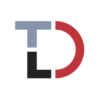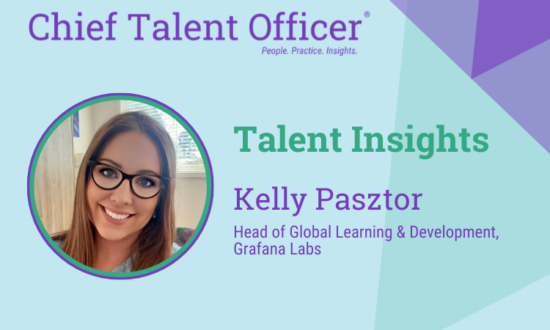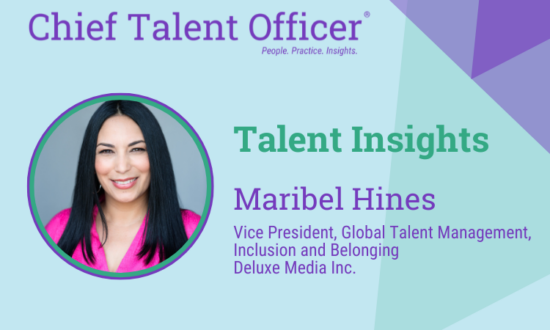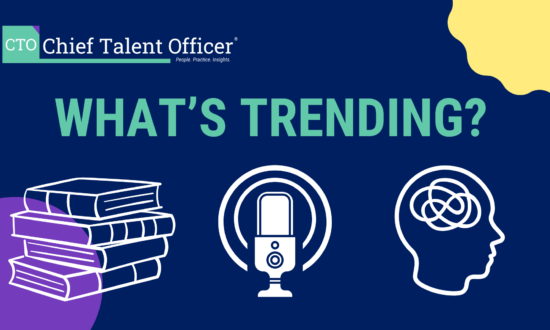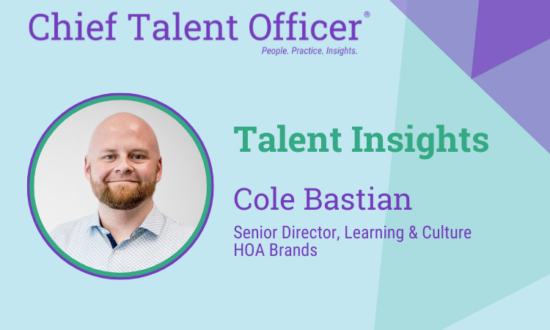Is your learning function agile and adaptive enough to support rapid growth in your organization? If you don’t think it is — or even if you do — read on.
A new report from SkillSoft and Bersin & Associates offers a look at some of the qualities shared by learning departments at rapid-growth organizations, which included CGI, Kohls, Apotex, Global Engineering Services, Kao Brands and Zaxby’s. While specific approaches to learning varied among these companies, they all possessed four general traits.
The first of these should be pretty intuitive for learning leaders: High-growth companies tend to use learning technologies more than companies at mainstream levels of growth.
“That’s really not all that surprising, given that companies growing quickly are usually adding folks in all kinds of different places,” said Julie Ogilvie, vice president at SkillSoft. “It would be all but impossible to train people without using technology.”
A second trend is in the way learning departments are organized. The report identified three broad governance models: centralized, federated and anarchic.
“Not surprisingly, there were no anarchy models in the study,” Ogilvie said. “But they tended to be more centralized. There were some federated models, meaning that there is shared responsibility between business units and a centralized learning function. But in all these cases, you see a central learning function that has a very clear vision for what learning should be doing in the enterprise and has a centralized budget to go out and buy an LMS.”
Another characteristic is leadership development is one of the top areas of investment. Ogilvie cited Kohls department store as an example of why this is the case. As the company opens hundreds of new locations across the country, the first thing it has to do is hire and ramp up a management team that can hire new sales associates. This is important for laying the groundwork for expansion.
Finally, the learning departments at all high-growth companies didn’t start out as effectual functions, but they went through the same phases that any employee development organization would in evolving into a truly strategic business contributor. However, they progress through these stages on the way to learning maturity more rapidly than other companies because they start with a clear vision and leverage best practices along the way.
“Companies have a transition when they start to think of strategic activity that gives them competitive advantage,” Ogilvie explained. “They start to invest more money into it and start to do things more systematically and practice talent management: competency management and customized career paths and those kinds of things. This is where learning really becomes a catalyst for growth because you can have a very fast and effective learning program when you’ve become this systematic in how you look at job roles and the learning needs of all your employees.”
To download a copy of the report, click here.







